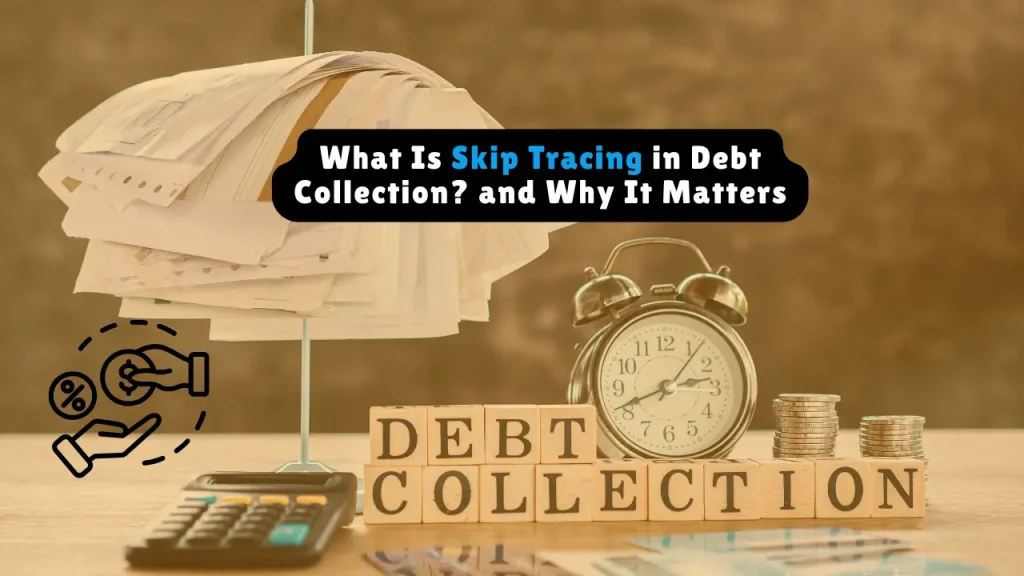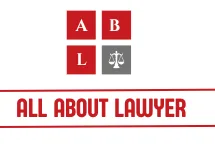What Is Skip Tracing in Debt Collection? and Why It Matters
Skip tracing is the strategic, data-driven process of locating individuals who have “skipped” contact—often debtors who evade financial obligations by changing addresses or concealing their whereabouts. In the debt collection industry, it is an indispensable tool that transforms undeliverable mail and dead phone numbers into verified contact, enabling asset recovery and due process.
Why Skip Tracing Matters in Debt Collection
- High Return Rates: Over 30% of collection letters go undelivered due to outdated contact information.
- Debt Recovery Catalyst: Agencies using skip tracing recover up to 40% more debt.
- Systemic Impact: Returns over $15B annually to creditors, stabilizing credit markets.
- Consumer Protection Paradox: Helps resolve debts before lawsuits and credit damage.
Table of Contents
When Skip Tracing Is Triggered
Skip tracing becomes necessary when:
- Letters bounce back, phones are disconnected, or emails fail.
- Social media activity vanishes.
- USPS forwarding expires (typically after 90 days).
Skip Tracing Categories & Recovery Rates
| Skip Type | Definition | Recovery Rate |
| Company Skips | Due to incorrect data entry | 70–90% |
| Unintentional Skips | Relocated without notice | 50–70% |
| Intentional Skips | Actively hiding | 20–40% |
| Criminal Skips | Use false SSNs, aliases | <15% |
The 4-Step Skip Tracing Process
- Data Verification & Enrichment
- Validate SSN, DOB, last-known address via credit headers, utilities, job apps.
- Tools: TLOxp, Accurint, Experian
- Digital Footprint Analysis
- Scrape Facebook, LinkedIn for geotags, jobs, photos
- Dark data mining: utility shutoffs, flight records, loyalty programs
- Predictive modeling: Flag inconsistencies (e.g., jobless but spending heavily)
- Human Intelligence Gathering
- Third-party calls: neighbors, relatives (FDCPA limits apply)
- Reflexive questioning techniques to trigger memory
- Field Operations
- Confirm identities via surveillance, workplace verification
- Ensure right-party contact before collecting
Tools & Technology for Modern Tracing
| Tool | Key Features | Best For |
| CLEAR | Real-time credit + bank data | High-volume tracing |
| TrustDecision | Email/social/phone match + AI | Digital cases |
| GBG Investigate | Hidden link analysis | Complex fraud |
Advanced Capabilities:
- GIS mapping
- Batch tracing via APIs (10,000+ per run)
- AI-driven behavioral analytics
Legal & Regulatory Compliance
Skip tracing is strictly regulated. Key frameworks include:
- FCRA: Credit header data allowed only for credit-based debt
- FDCPA: No harassment, misrepresentation, or third-party disclosure
- TCPA, GLBA, DPPA: Consent rules for calls, financial and DMV data
- CCPA, GDPR, PIPEDA: State/international privacy protections
Prohibited Actions:
- Pretexting (impersonation)
- Unauthorized police file access
- Hacking or social engineering
Penalties:
- $1,000+ fines per FDCPA breach
- Lawsuits, license revocation, reputational harm
Related Article: Baker Law Firms & Debt Collection

Jurisdiction & Licensing Requirements
- Some states (e.g., CA, FL) require PI or debt collector licensing to perform skip tracing.
- Global tracing (e.g., GDPR zones) requires SCCs or certified vendors.
- Always verify vendor compliance with local and international laws.
Data Security & Governance
- Encryption: Data at rest and in transit
- Access Controls: Role-based permissions, logging
- Retention Policy: Limit retention; define purge cycles
- Incident Response: Vendor audits, breach protocols, SOC2/ISO compliance
Tracking ROI: Key Metrics
| Metric | Definition |
| RPC Rate | Right-party contact success rate |
| Cost-per-Locate | Expense per successful trace |
| Time-to-Locate | Speed of trace result delivery |
| Recovery ROI | Dollars recovered per dollar spent |
Choosing a Skip Tracing Partner
Factors to consider:
- Fee Structure: Look for 25–50% contingency models
- Compliance Audits: Ask for FCRA/FDCPA documentation
- Toolset: Confirm use of CLEAR, TrustDecision, LexisNexis, etc.
- Ethics: Avoid vendors using coercive or deceptive practices
DIY vs. Outsourcing
| Approach | Best For |
| DIY | Small volumes, public records, low-risk cases |
| Outsourced | High-volume, regulated tracing, licensed data |
Real-World Success Examples
- $5K Recovery: Found debtor via LinkedIn and Experian for a $50K account
- Batch Tracing Campaign: Increased RPC by 40%, ROI rose 30%
- Cross-State Litigation: Located debtor across state lines, enabled judgment enforcement
Best Practice Compliance Checklist
- ☑ Confirm permissible purpose (credit-based debt)
- ☑ Use licensed vendors or staff where required
- ☑ Log all trace attempts and communications
- ☑ Secure and encrypt all personal data
- ☑ Train staff on FDCPA/FCRA/CCPA/GDPR
- ☑ Document and renew vendor agreements
Conclusion: Strategic, Compliant, Essential
Skip tracing isn’t just a recovery tool—it’s a legal obligation enabler. With increasing debtor evasion and privacy regulation, the industry must combine AI-powered precision with compliance oversight. Legal teams, collectors, and tracing vendors must work together to:
- Protect data and rights
- Maximize ROI
- Reduce legal risk
In 2025 and beyond, skip tracing remains the silent engine behind ethical debt recovery—and a compliance-first approach is what keeps it running.
About the Author

Sarah Klein, JD, is a former consumer rights attorney who spent years helping clients with issues like unfair billing, product disputes, and debt collection practices. At All About Lawyer, she simplifies consumer protection laws so readers can defend their rights and resolve problems with confidence.
Read more about Sarah
